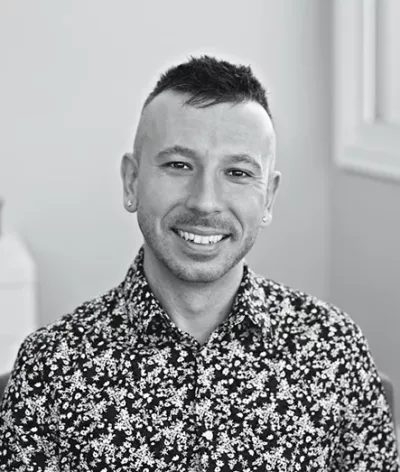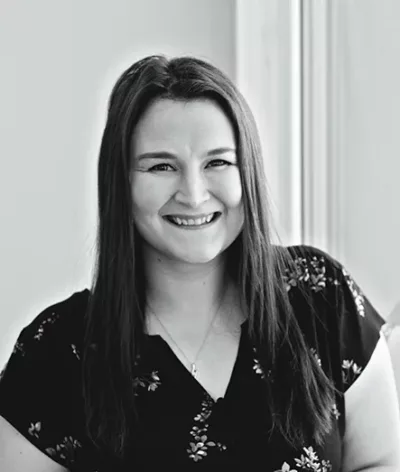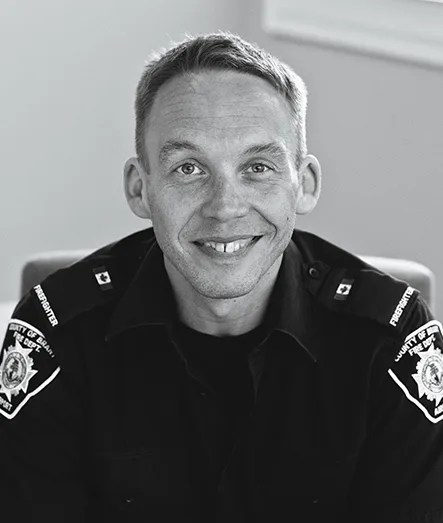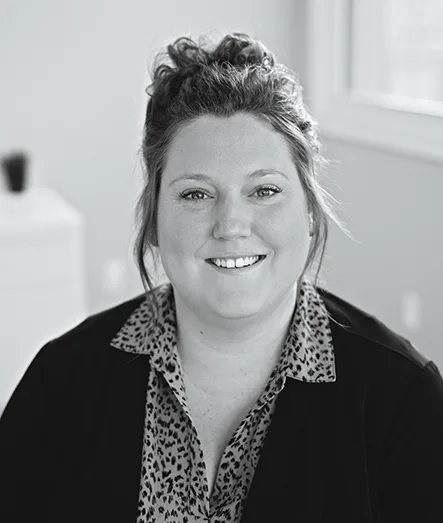Progressive Muscle Relaxation (PMR) is an effective tool where one learns how to relax their muscles via two easy to follow steps. The first step involves tensing a specific muscle group in your body, such as your neck and shoulder muscles. Following this, one releases this tension and mindfully observes how their muscles now feel, once relaxed. PMR helps reduce overall feelings of stress and tension and helps one feel more calm and relaxed when experiencing stressful times and anxious moments. PMR is also useful in helping lessen the effects of physical issues such as headaches, sleeplessness and stomach aches.
Those of us who feel like we are ‘more stressed’ than others and/or experience high levels of daily anxiety become so tense, so often, that we almost forget what it is like to be fully relaxed and in a ‘calm’ state. In practicing PMR, one can learn to recognize the difference between what tensed muscle groups feel like and what a FULLY relaxed muscle group feels like. Once this takes place, most people find that they can easily employ this state of relaxation right when they begin to feel their muscles tensing in response to stress and anxiety. In tensing and releasing, one learns not only what TRUE relaxation feels like, but can also identify when they are beginning to feel tense, morning, day or night.
A TIP!
- Schedule just 15 minutes a day to complete PMR
- Choose a quiet place to complete PMR where you won’t be interrupted
- Like learning anything new, PMR takes some practice. Even practicing just twice daily will help you become a ‘PMR Pro’ J … You’ll be able to signal the ‘relaxation mode’ to take effect when needed most!
- Remember, practice makes perfect! Practice PMR even when you aren’t feeling stressed or anxious J
Preparing
First, do your best to find a quiet space to sit. Close your eyes and feel your body ‘letting loose’… like your muscles are becoming ‘jelly.’ Sitting in a comfortable chair is recommended, but a couch or carpeted floor works just fine! If you don’t think you will fall asleep, you can also lay down when doing PMR. Please do whatever it is that makes you feel ‘generally’ relaxed (E.g. taking your shoes off, wearing a comfy sweater, etc.) before starting a PMR ‘session.’ Take 5 to 10 slow and deep breaths, sucking the air through your nose, deep down into your belly, then out.
How To Perform PMR
The Tension-Relaxation Approach
FIRST STEP: TENSION
The first step is applying muscle tension to a specific muscle group in the body.
Remember, this step is basically the same step you will take for each muscle group you will be focusing on. First, place your attention on the specific muscle group, for example, your feet. Now, take a deep, slow breathe and tense the muscles as hard as possible for 5 seconds. When doing this, you want to squeeze your muscles in a way that you really experience and sense the tension in the muscles. This may even feel slightly uncomfortable, but that is OK. In focusing on your feet, you would be curling and tensing your toes as tightly as you can. Do your best to ONLY focus on and tense the muscles in your feet and not the rest of your legs or body. Targeting specific muscles will take practice J .
Important Note! Make sure you don’t injure yourself when completing these ‘muscle tensing’ steps. Feelings of intense pain or cramping should not be felt when doing PMR. Please consult your doctor before trying PMR if you have had issues with broken bones, muscle pulls or strains, or any other medical issues that impact your ability to take part in physical activity.
SECOND STEP: MUSCLE RELAXATION
During this step, you will quickly relax your tensed muscle groups. After 5 seconds, allow the tightness to seep out of your tensed muscles. While doing this, exhale from deep within your belly, pushing your bellybutton outward as you exhale. You should have a feeling your muscles as if they we’re becoming jelly… feeling loose… and light. Remember, mindfully focusing on the difference between muscle tension and muscle relaxation… This is of most importance in
PMR J .
Stay in this state of relaxation for 15 to 20 seconds. Now move on to the following muscle group. This is the point where the previous steps are now repeated. After carrying out this exercise for all of the muscle groups, take the time you have now earned to experience some peaceful and calm relaxation time J .
Our Muscle Groups
In doing PMR, we work on nearly all of the major muscle groups in the body. Some people prefer to begin ‘low,’ with their feet, and move upward to their forehead (final muscle group), while others prefer to begin with their forehead and end with their feet (as the final muscle group). It is your choice where you would like to begin J .
Example:
1) Forehead – While tensing, raise those eyebrows as high as you can
2) Eyes – Close and squeeze/clench your eyelids tightly
3) Mouth – Open your mouth wide and stretch the joints of your jaw
4) Neck & Shoulders – Shrug your shoulders upward as if you were trying to touch
your earlobes with them
5) Chest – While taking a deep breathe, tighten your pectoral muscles
6) Stomach – Pull your stomach inward (suck it in) as you ‘flex’ your abdominal
muscles
7) Buttocks – Squeeze your buttocks muscles tightly together
*Now repeat the following on each side of your body, one after the other:
8) Right Arm – Tighten your biceps muscle by pulling your forearm towards your
shoulder (as if you’re ‘showing of your muscle’). Do this as you ‘make a
fist’
9) Hand – Make a fist as tight as you can and hold
10) Leg (whole leg) – Tighten your thigh, hamstring and calf muscles (pull toes toward
you)
11) Lower Leg / Foot – Tighten calf muscle (curl toes toward you, tightly)
12) Foot – Curl your toes downward and toward you tightly
*TIP – Many people find it much easier and more effective to practice PMR with a guided recording. Many CD’s and YouTube videos are available to guide you through the steps, but you can also record yourself voicing the steps!












 Sharon Walker, MSW, RSW
Sharon Walker, MSW, RSW Jordon Iorio Hons. BA, RSW
Jordon Iorio Hons. BA, RSW Christine Bibby, B.S.W., M.S.W., R.S.W.
Christine Bibby, B.S.W., M.S.W., R.S.W. Brianna Kerr, RSW
Brianna Kerr, RSW Danielle Vanderpost, RSW
Danielle Vanderpost, RSW Daniela Switzer, MA, C.PSYCH
Daniela Switzer, MA, C.PSYCH Tammy Adams
Tammy Adams Jade Bates, RMT
Jade Bates, RMT Caitlin Schneider
Caitlin Schneider Dr. Crysana Copland
Dr. Crysana Copland
 Amy Dougley
Amy Dougley Emily Green
Emily Green Bill Dungey, RSW
Bill Dungey, RSW


